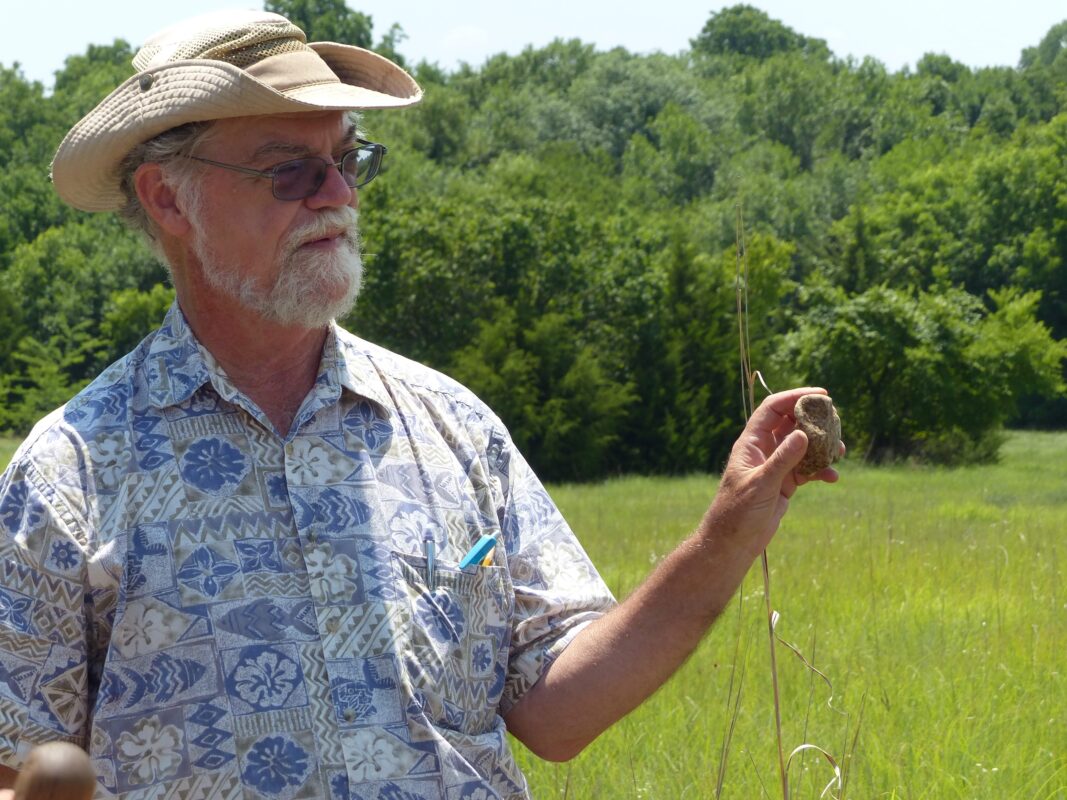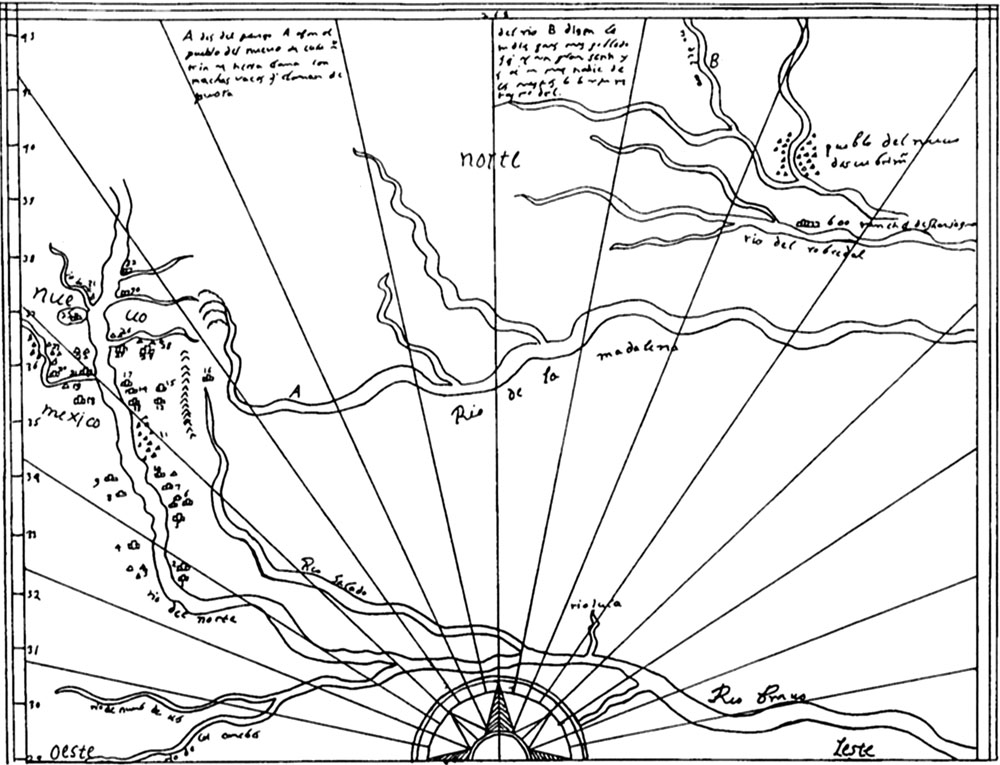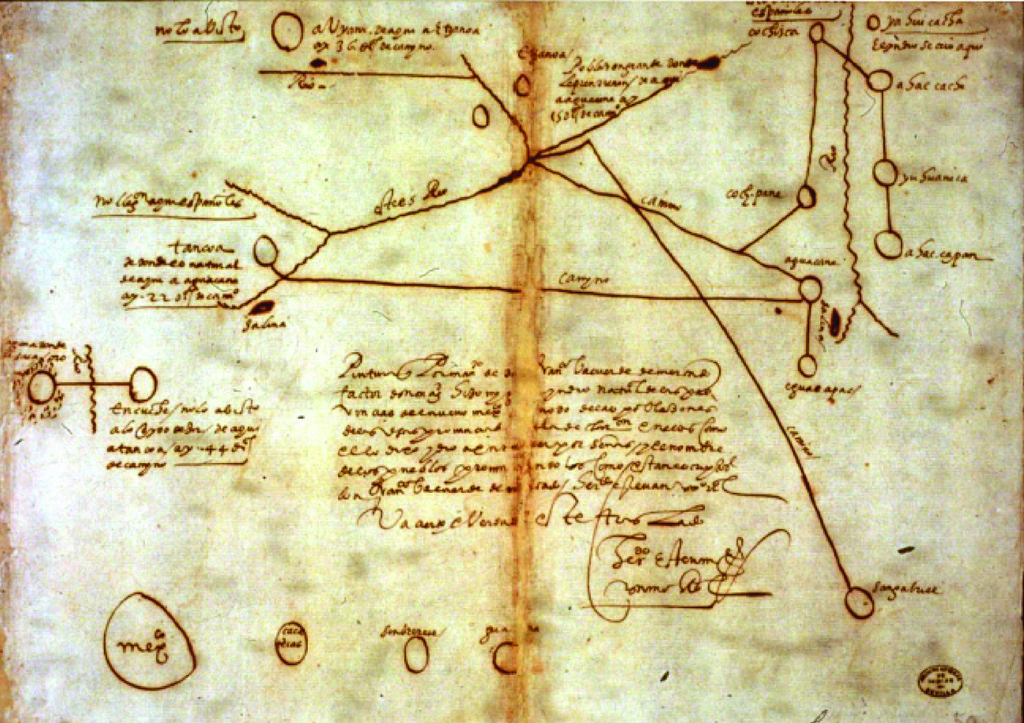Etzanoa.
Part of our mission is to educate. We hope this online experience helps you learn more about Etzanoa, its people, and its history.
In June 2015, Wichita State University archaeologist Don Blakeslee set out
to re-discover the long-lost city of Etzanoa.
Encouraged by a plethora of archaeological sites in the area, Blakeslee led a crew on digs in central and southern Kansas. They included several fellow archaeologists, scientists, archaeology students, and volunteers.
Blakeslee and his archaeological team first stopped in a rural area of
central Kansas, near Lyons in Rice County. They traveled to one of the spots in that region visited by Spanish conquistador Francisco Vasquez de Coronado, in 1541.
During the weeklong dig in Rice County, the Blakeslee team dug up more
artifacts to add to decades of archaeological finds. Among them was a piece of Spanish chain mail, typical of the armor worn by 16th century Spanish soldiers.


The archaeologists then headed south to Arkansas City, Kansas, where Spanish
conquistador, Juan de Oñate, arrived in 1601. Accounts from Oñate’s expedition
detailed and encounter with an indigenous population with around 20,000 inhabitants.
This was Etzanoa.

Two maps helped identify the location of Etzanoa. Both came from documents
collected by the Oñate expedition. One was one drawn by Spanish cartographer
using information provided by a member of the Oñate expedition. It showed the
route of the explorers’ journey from New Mexico to Kansas.
The other map was drawn by Miguel, the Wichita native taken captive.
Etzanoa, the Wichita ancestors’ name for the Great Settlement, appears on the
Miguel map.
Blakeslee used the latest translations and compared eyewitness descriptions
of geographical landmarks in historic texts and the archaeological record. Through this analysis he deciphered the maps and pinpointed Arkansas City as the location of Etzanoa: Great Settlement.
